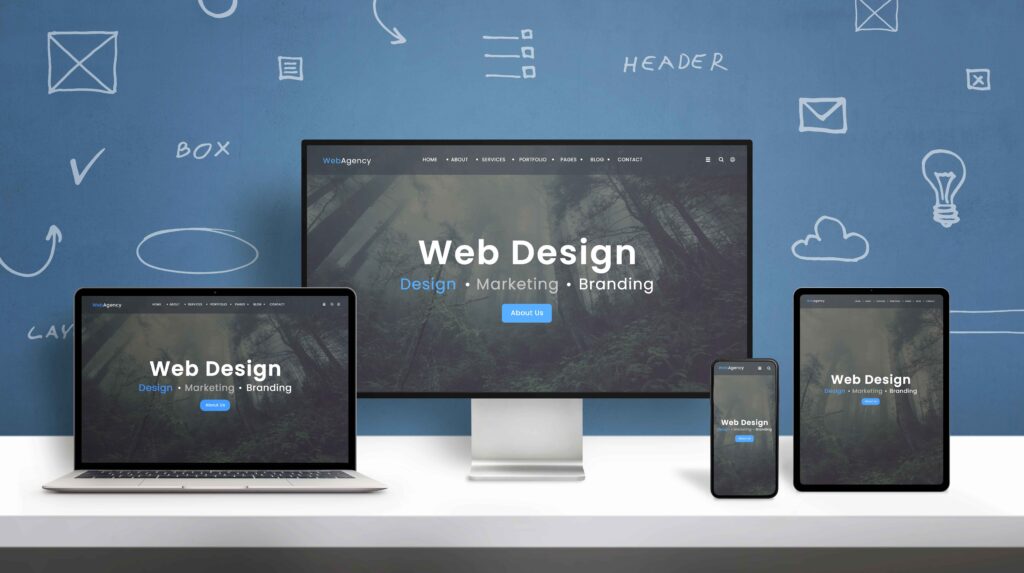A well-designed website is essential for making a great first impression online. Modern websites not only look aesthetically pleasing but also provide seamless user experiences. Here are ten features and design elements that make a website look and feel modern:
1. Minimalistic Design
Modern websites often embrace a clean and minimalistic design. This means avoiding clutter, using ample white space, and focusing on essential content.
Why it matters: A minimalist approach helps users navigate more easily and emphasizes key information or calls to action.
2. Responsive Design
With the rise of mobile browsing, responsive design is non-negotiable. Your website should look and perform well on all devices, including smartphones, tablets, and desktops.
Why it matters: Responsive design improves user experience and boosts your search engine rankings.
3. Fast Loading Speeds
Speed is critical in today’s fast-paced digital world. A modern website loads in under 3 seconds, ensuring visitors stay engaged.
Why it matters: Faster websites lead to lower bounce rates and higher conversion rates.
4. Bold Typography
Using bold and creative typography is a hallmark of modern web design. Eye-catching fonts can set the tone for your brand and make your content stand out.
Why it matters: Typography influences readability and creates a memorable visual identity.
5. High-Quality Visuals
Gone are the days of pixelated or generic stock images. Modern websites feature crisp, high-resolution visuals, videos, and animations that captivate visitors.
Why it matters: High-quality visuals enhance the overall aesthetic and make your site more engaging.
6. Dark Mode Options
Dark mode has become increasingly popular, offering users the ability to switch to a darker color scheme for better comfort during nighttime browsing.
Why it matters: It improves accessibility and gives users more control over their browsing experience.
7. Interactive Elements
Modern websites include interactive features like hover effects, sliders, and scroll-triggered animations. These elements make the site feel dynamic and engaging.
Why it matters: Interactivity keeps users entertained and encourages them to explore further.
8. Custom Illustrations and Icons
Generic icons and stock illustrations are being replaced with custom-made graphics tailored to a brand’s unique identity.
Why it matters: Custom visuals make your site more distinctive and reinforce your brand’s personality.
9. Intuitive Navigation
Navigation should be straightforward, with clear menus and search functionality. Modern websites often use sticky headers or simplified hamburger menus for easy access.
Why it matters: Intuitive navigation helps users find information quickly, improving their overall experience.
10. Accessibility Features
Modern web design prioritizes inclusivity, ensuring the site is accessible to all users, including those with disabilities. Features like alt text for images, keyboard navigation, and readable font sizes are essential.
Why it matters: Accessibility broadens your audience and ensures compliance with web accessibility standards.
Conclusion
A modern website isn’t just about aesthetics; it’s about functionality, user experience, and brand alignment. By incorporating these ten elements into your web design, you can create a site that not only looks cutting-edge but also delivers an exceptional experience for visitors.





